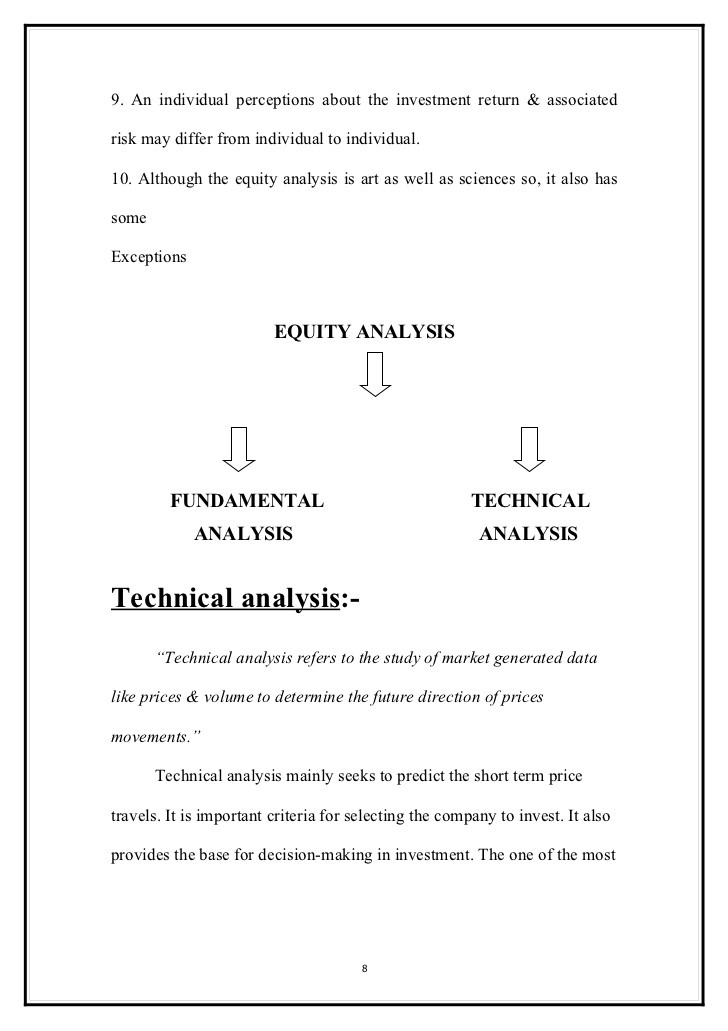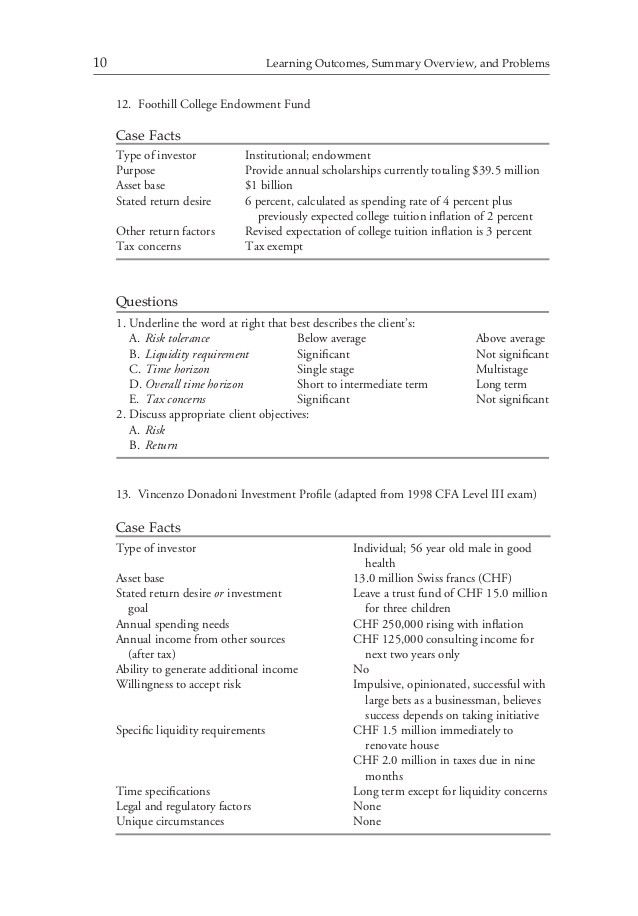Technicals v What s the Winning Formula Investment UInstitute for Individual
Post on: 19 Май, 2015 No Comment

Happy Tuesday Tycoon Readers,
Before we debate the merits of technical analysis vs. fundamental analysis, I just want to say that, hands-down, I am a fan of technical analysis.
There are many reasons for this, but if I had to pick just one reason why, it’s because it allows me to get the clearest picture of where stocks I want to trade are heading.
In other words, the last place you want your emotions or opinions to get in your way is when you’re choosing positions to enter and exit.
I’m sure you’ve heard the phrase, The charts don’t lie. These, my friends, are words to live by.
However, I know a lot of you are new to reading — more importantly, understanding — charts, so you might be relying on other factors like companies’ earnings and product lines and other research you might do before you decide whether to jump in (or out). You might not have realized it, but you’ve been doing fundamental analysis.
While I personally prefer one over the other, there is a place in the investing universe for both. (You can refer back to last week’s article here to see how one might affect the other.)
Today, let’s take a look at how to integrate both into your portfolio.
What’s Ticking Behind Those Stock Tickers?
When we analyze a company, we use fundamental analysis. When we analyze a stock, we use technical analysis.
A “trader” is more likely to use technical analysis because it is known to more accurately assist in predicting the shorter-term moves of a stock.
A longer-term “investor” is more likely to use fundamental analysis because it gives a clearer picture of the longer-term potential of the underlying company behind the ticker symbols of a stock.
Both forms of analysis are the study of trends, and they are only as good as the individual who is interpreting them.
2 Ways to Look at the Bigger Picture
While you can closely follow and profit from current market trends, fundamental analysis is equally as important as technical analysis.
For instance, I’ll go long on a stock when I see that the bulls are in control and the volume is moving higher with the price of the stock. However, I position myself in the companies that have fundamental strength that back up the price movement of the stock.
The two forms of analysis should act as two partners running a profitable business. Together, they are like swordsmen with their backs to each other, fighting a large group of enemies. One has to trust that it can rely on the other to protect his back.
People often lose sight of the fact that there are upward of 10,000 stocks to choose from when deciding which to trade. It is important not to settle for stocks that don’t have the strength that we look for, as long as we have the resources to get the ideas in front of us that we would even consider trading.
However, I wouldn’t recommend trading on fundamentals alone.
Green Lights, or Red Flags?
Strong criteria on both ends is critical, and if one of the two is telling you that there is a red flag or a warning sign to watch out for, you should have no problem with dropping a stock that you believe is suspect. Consider stocks that have strong fundamentals AND technical indicators — pitches that are thrown directly over the plate.
Let’s compare the difference between the two.
Investors typically use fundamental analysis to calculate what a company’s stock price should be doing. Traders typically use technical analysis to draw conclusions as to what a stock will do based on what the stock is currently doing.
Focusing in on Fundamentals
Fundamental analysis takes a much more in-depth look at a company and the industry that it is in. A fundamental analyst must have much-more intimate knowledge of an industry and of the story behind the underlying company.
Whether this is an advantage or a disadvantage is up for argument, and has been for ages. The idea is that a fundamental analyst spends a great deal of time “unwinding” a company’s financials to get a clear picture of where the company currently stands.
The fundamental analyst must first study all of the relevant factors that already exist. The next step is to then study the anticipated changes in the company, the industry and the overall economy to try to clarify the picture of what will happen in the future.
‘Technically’ Speaking.
Fundamentals can tell you a story about a stock, but you can save yourself a lot of time and money by getting a clear look at the technical picture first.
Technical analysis is more-superficial and is done mainly on the notion that the story of the company is reflected on the stock chart.
While the fundamental analyst studies the existing public financials, the technician believes that if a company is poised to take off, someone out there already knows it and is already acting on it.
When a large fund starts to act on knowledge of a company, whether the news is public or not, they tend to attempt to acquire a large number of shares without making it very obvious that they know something of value.

This is nearly an impossible task.
A Chart is Worth 1,000 Words
The public record that the technician studies is the chart — because everything that happens, such as price movement as well as size of the trades, is recorded.
Since technical analysis is more-utilized by traders as opposed to investors, it is used to act swiftly without taking as much time as fundamental analysis.
So, the benefit for the technician is that he or she only has one step to take. It’s a much-faster form of analysis that gives them the edge that they need to act quickly.
Their main advantage is that they don’t have to forecast their indicators like fundamentalists do. For a technician, the indicators are the forecast.
Getting the Whole Picture
Both fundamental and technical analysis is helpful in painting a more-complete picture. The two should be used to complement one another instead of pitting one against the other. You can find red flags telling you to get out of a stock before the rest of the herd by using both forms of analysis.
Using fundamental analysis, several warning signs can be found in the financials if you look closely enough. Sometimes they are warning signs that sophisticated investors will have an easier time seeing, and other times the signs are more obvious to the layman, such as a company that is taking on way too much debt.
Using technical analysis, however, is a great way to spot red flags that a stock might trade lower, based on news that has not yet been made public.
Let’s face it; the stock market is not always fair. Oftentimes, someone knows something that will have a huge impact on the price of a stock before the rest of the world knows about it. This is where technical analysis can really give you the edge that you need to save yourself from a loss .
It is for these reasons that we make sure that we use both forms of analysis when investing our hard-earned money. On the fundamental side, we put in hours, days, weeks or months of research before buying or selling a stock. But technically, sometimes we see warning signs that tell us to sell for our protection.
You worked hard to get the money in the bank and then transferred into your stock account. You should work just as hard, if not harder, to keep it there.
Chris Rowe
Chief Investment Officer














